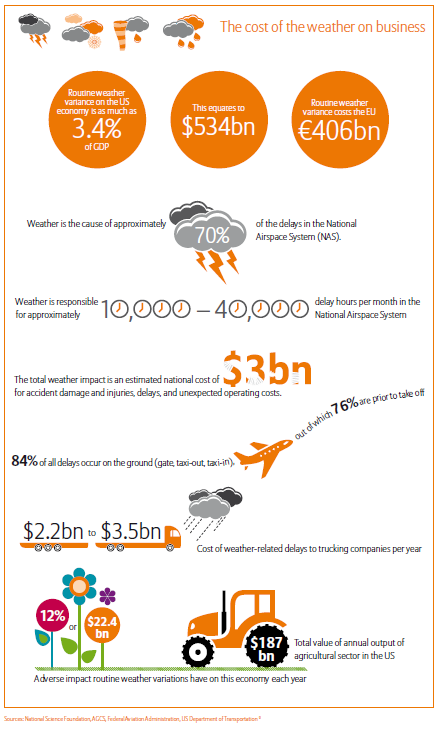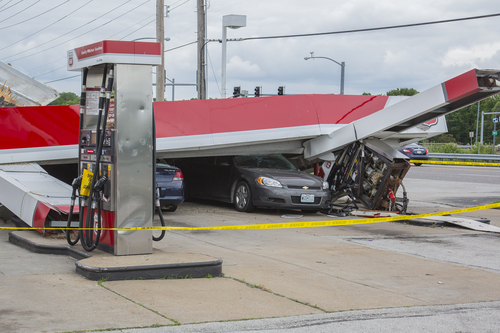On September 19, the Centers for Medicare and Medicaid Services (CMS) issued an interim final rule (IFR) addressing implementation of the SMART Act (otherwise known as the Strengthening Medicare and Repaying Taxpayers Act) , and specifically Section 201 of the Act, which requires CMS to develop a final conditional payment process that would take 120 days from beginning to end. The IFR issued by CMS would significantly extend this process beyond the 120-day deadline, and likely undermine the SMART Act’s intended improvements of the Medicare Secondary Payer (MSP) process. Several industry groups took the opportunity to express their disappointment in CMS’s efforts.
The Risk and Insurance Management Society (RIMS) called on CMS to rescind the IFR and reissue a proposed rule:
“While we commend the Centers for Medicare and Medicaid Services for initiating the SMART Act implementation process, we are disappointed that it chose to issue an IFR rather than promulgating a rule through the regular notice and comment process. We have serious concerns that CMS failed to comply with statutory requirements to implement a final conditional payment process by October 2013, and that the process it has chosen to implement in the interim rule allows for over twice the statutory 120-day period to obtain a final payment amount. We urge CMS to rescind its IFR and to re-issue a new proposed rule through the regular comment process.”
An American Insurance Association (AIA) task force also found the IFR severely lacking:
“AIA’s Task Force does not support the method, manner and time frames contained within the IFC for obtaining final conditional payment amounts via a web portal. The main purposes of the SMART Act are to allow the parties to resolve claims in a timely manner, with finality, to streamline compliance and make it more practical, while ensuring that CMS receives reimbursement for conditional payments quickly. The IFC as written undermines these goals, imposes impediments to prompt claim resolution, allows CMS to delay providing necessary information to beneficiaries and insurers and will not accomplish these goals. The IFC states it specifies the process and timeline for expanding CMS’ existing MSP web portal to conform to the SMART Act. Unfortunately, the provisions of the IFC do not comport with the SMART Act and in many instances go well beyond the purposes and provisions of the terms of the Act.”
The Medicare Advocacy and Recovery Coalition (MARC), a group created in 2008 by various stakeholders and beneficiaries to advocate for the improvement of the Medicare secondary payer system, stated that the IFR is in clear violation of Section 201:
“The IFR is in direct violation of Section 201, which explicitly required CMS to develop a portal process that, from beginning to end, took 120 days. The statutory language could not be more clear: ‘In the case of a payment made by the Secretary pursuant to clause (i) for items and services provided to the claimant, the claimant or applicable plan (as defined in paragraph (8)(F)) may at any time beginning 120 days before the reasonably expected date of a settlement, judgment, award, or other payment, notify the Secretary that a payment is reasonably expected and the expected date of such payment.’ The language of Section 201 is unambiguous; the entire process – from beginning to end – is to take 120 days, which is triggered by the notice, and which includes the 65 day response period within the 120 day period in which the Secretary is to provide the final number.”
An interim final rule differs from typical proposed rules and regulations in that it is in effect even as the public is still commenting on the proposal. The comment deadline for this IFR was November 19. It remains to be seen what, if any, changes CMS will make in response to the comments.



